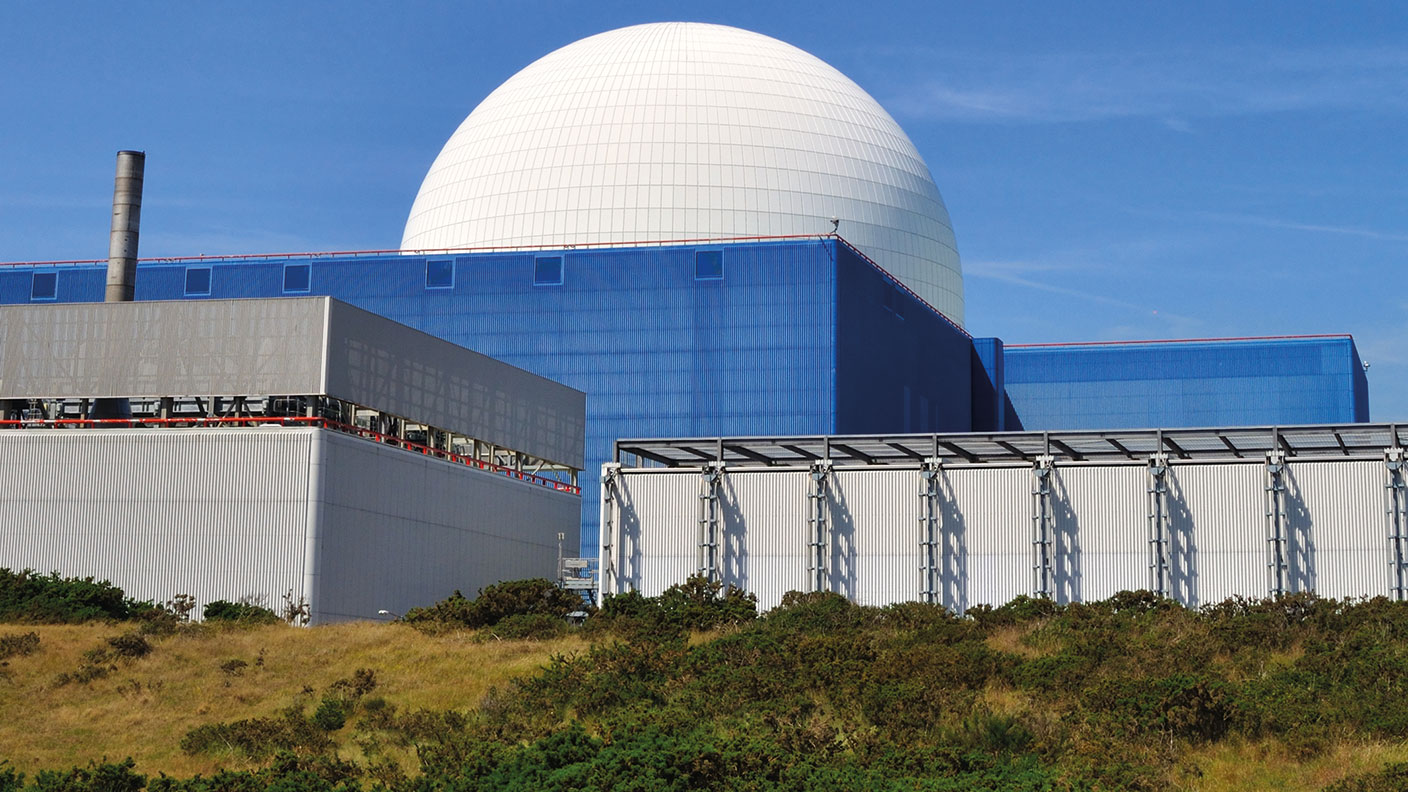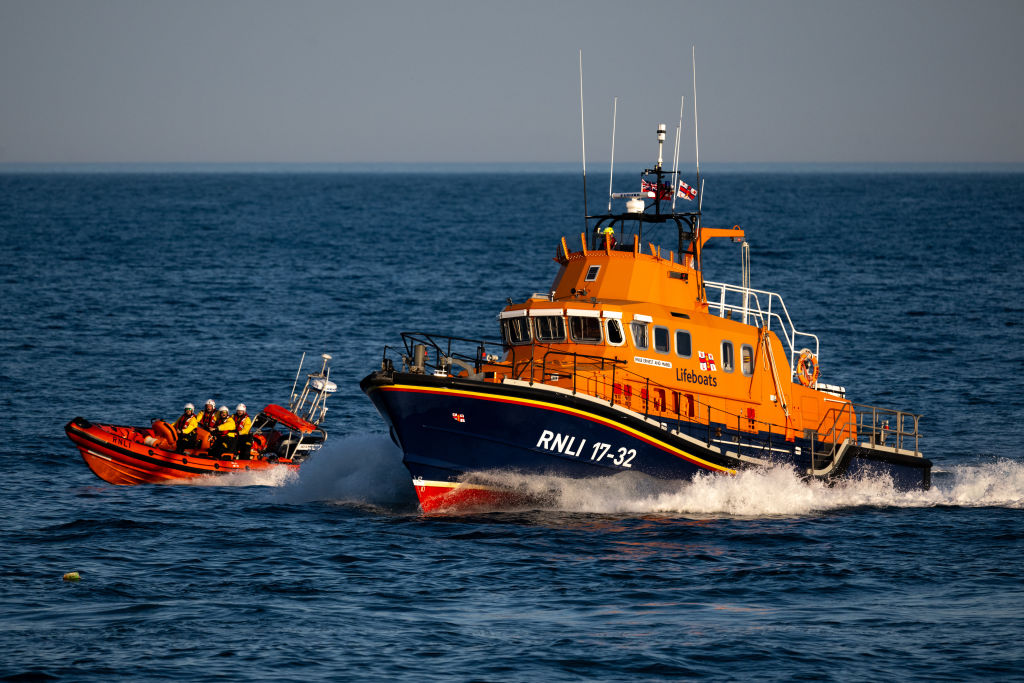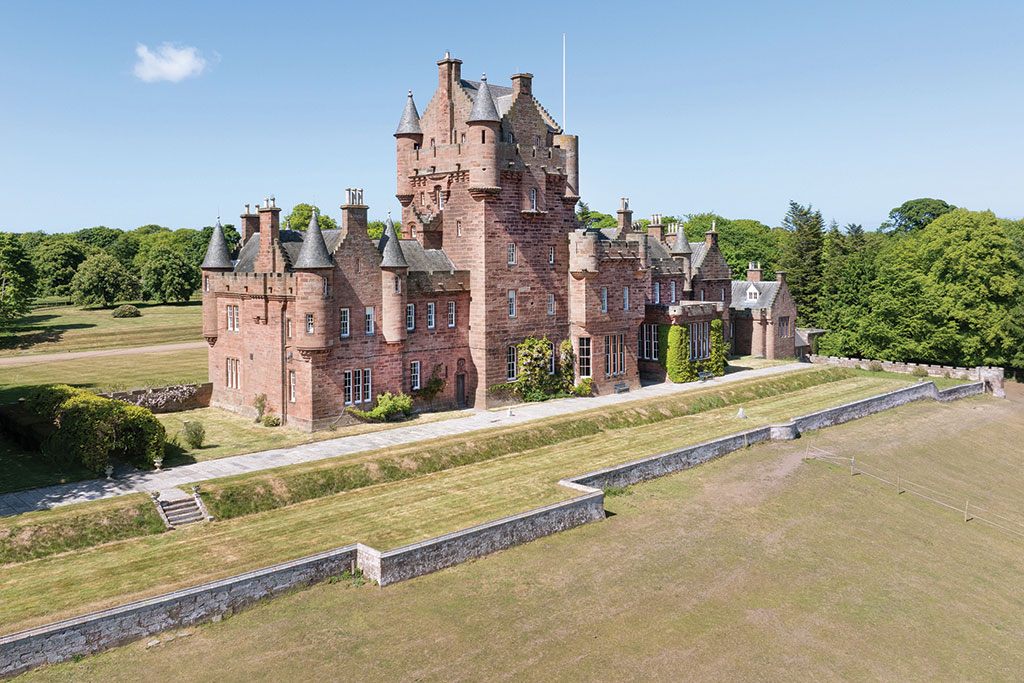Why Europe could be heading for a "nuclear renaissance" with energy prices at record highs
Russia's invasion of Ukraine has sent gas and power prices soaring. Alex Rankine explains why Europe could be heading for a "nuclear renaissance".

Europe could be heading for a “nuclear renaissance”, says Pierre Georges of S&P Global Ratings. With gas and power prices rocketing in the wake of Russia’s invasion of Ukraine, the appeal of atomic energy is only growing. Unlike other “lowcarbon alternatives”, such as wind and solar, nuclear provides “a stable, non-intermittent supply of power”.
The UK has announced plans to build up to eight reactors as part of its new energy strategy. France is also planning more reactors, while Belgium has shelved plans to phase out its nuclear plants in response to “a chaotic geopolitical environment”. The Netherlands, the Czech Republic, Poland, Estonia, Slovenia and Serbia also have new capacity in the pipeline, says Michael Brush on MarketWatch. Further afield, so do China and India.
Uranium is back in fashion
Uranium futures have soared by more than a third since the invasion, with shares in miners such as Canada’s Cameco rising a similar amount, says Jinjoo Lee in The Wall Street Journal. Shares in UK-listed uranium trader Yellow Cake are up 46% since 24 February. At $63 a pound, prices for the nuclear fuel are at their highest since 2011. That was the year when the Fukushima disaster prompted a global turn against nuclear energy, with Germany initiating a phase out of its nuclear power plants. Uranium prices slumped, falling as low as $18 in late 2016. The latest price rally has been driven by fears that supplies from Russia may be disrupted.
MoneyWeek
Subscribe to MoneyWeek today and get your first six magazine issues absolutely FREE

Sign up to Money Morning
Don't miss the latest investment and personal finances news, market analysis, plus money-saving tips with our free twice-daily newsletter
Don't miss the latest investment and personal finances news, market analysis, plus money-saving tips with our free twice-daily newsletter
The enrichment bottleneck
Russia only accounts for about 6% of uranium-ore supply, behind Kazakhstan (40%), Canada (13%) and Australia (8%). However, the “major bottleneck” is not in the supply of uranium ore, but in the “conversion and enrichment processes” that turn the ore into usable fuel, says Justine Calma for The Verge.
Uranium ore must first be “refined” into yellowcake, a substance that resembles “yellow chalk” before undergoing “conversion” into a gas. Then it must be “enriched” to a level where it can be used as fuel rods in a reactor. This is a complex process and Russia has “43% of the global enrichment capacity”, followed by Europe (33%), China (16%) and the US (7%), say Alex Gilbert and Morgan Bazilian for The Conversation.
The result is that up to one-fifth of the annual US uranium supply is “at least partially sourced from Russia”. Kazakhstan may mine more ore, but much of that output “travels through Russia before it is exported to global markets”. Fuels are also “highly specialised and tied to specific reactor designs”. That makes it harder to shift nuclear suppliers at short notice. If sanctions or counter-sanctions on Russia cut the supply of enriched uranium, then “plants in the US and Europe could be affected within 18 to 24 months”.
Get the latest financial news, insights and expert analysis from our award-winning MoneyWeek team, to help you understand what really matters when it comes to your finances.
Alex is an investment writer who has been contributing to MoneyWeek since 2015. He has been the magazine’s markets editor since 2019.
Alex has a passion for demystifying the often arcane world of finance for a general readership. While financial media tends to focus compulsively on the latest trend, the best opportunities can lie forgotten elsewhere.
He is especially interested in European equities – where his fluent French helps him to cover the continent’s largest bourse – and emerging markets, where his experience living in Beijing, and conversational Chinese, prove useful.
Hailing from Leeds, he studied Philosophy, Politics and Economics at the University of Oxford. He also holds a Master of Public Health from the University of Manchester.
-
 ‘Why I have ditched my Help to Buy ISA for cash savings and the stock market’
‘Why I have ditched my Help to Buy ISA for cash savings and the stock market’Without the 25% bonus, my Help to Buy ISA is effectively redundant, says MoneyWeek writer Sam Walker.
-
 Is your inheritance tax allowance cut if you sell to downsize or sell your home to pay for care?
Is your inheritance tax allowance cut if you sell to downsize or sell your home to pay for care?Downsizing relief is a little-known benefit that could save your loved ones tens of thousands of pounds in inheritance tax after you’ve died.
-
 Stock markets have a mountain to climb: opt for resilience, growth and value
Stock markets have a mountain to climb: opt for resilience, growth and valueOpinion Julian Wheeler, partner and US equity specialist, Shard Capital, highlights three US stocks where he would put his money
-
 The steady rise of stablecoins
The steady rise of stablecoinsInnovations in cryptocurrency have created stablecoins, a new form of money. Trump is an enthusiastic supporter, but its benefits are not yet clear
-
 SRT Marine Systems: A leader in marine technology
SRT Marine Systems: A leader in marine technologySRT Marine Systems is thriving and has a bulging order book, says Dr Michael Tubbs
-
 Goodwin: A superlative British manufacturer to buy now
Goodwin: A superlative British manufacturer to buy nowVeteran engineering group Goodwin has created a new profit engine. But following its tremendous run, can investors still afford the shares?
-
 A change in leadership: Is US stock market exceptionalism over?
A change in leadership: Is US stock market exceptionalism over?US stocks trailed the rest of the world in 2025. Is this a sign that a long-overdue shift is underway?
-
 A reckoning is coming for unnecessary investment trusts
A reckoning is coming for unnecessary investment trustsInvestment trusts that don’t use their structural advantages will find it increasingly hard to survive, says Rupert Hargreaves
-
 Metals and AI power emerging markets
Metals and AI power emerging marketsThis year’s big emerging market winners have tended to offer exposure to one of 2025’s two winning trends – AI-focused tech and the global metals rally
-
 8 of the best houses for sale with beautiful fireplaces
8 of the best houses for sale with beautiful fireplacesThe best houses for sale with beautiful fireplaces – from a 15th-century cottage in Kent to a 17th-century palazzo in Oxfordshire